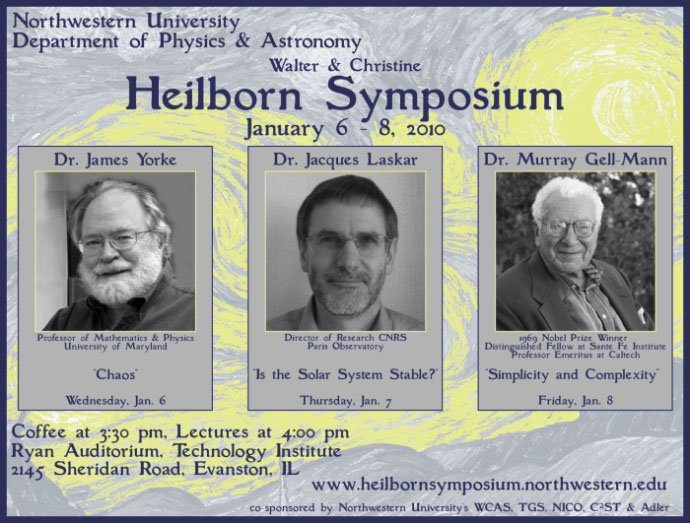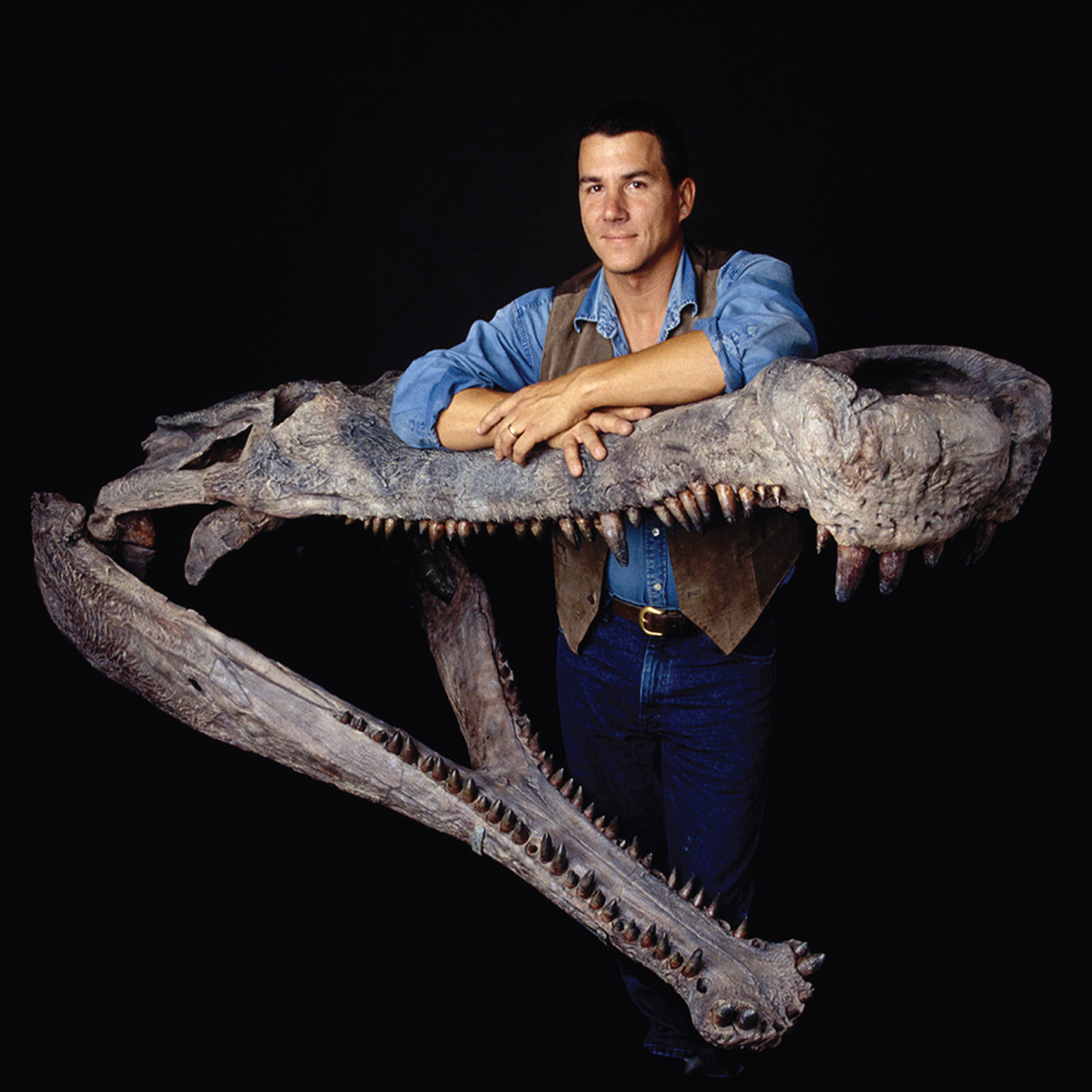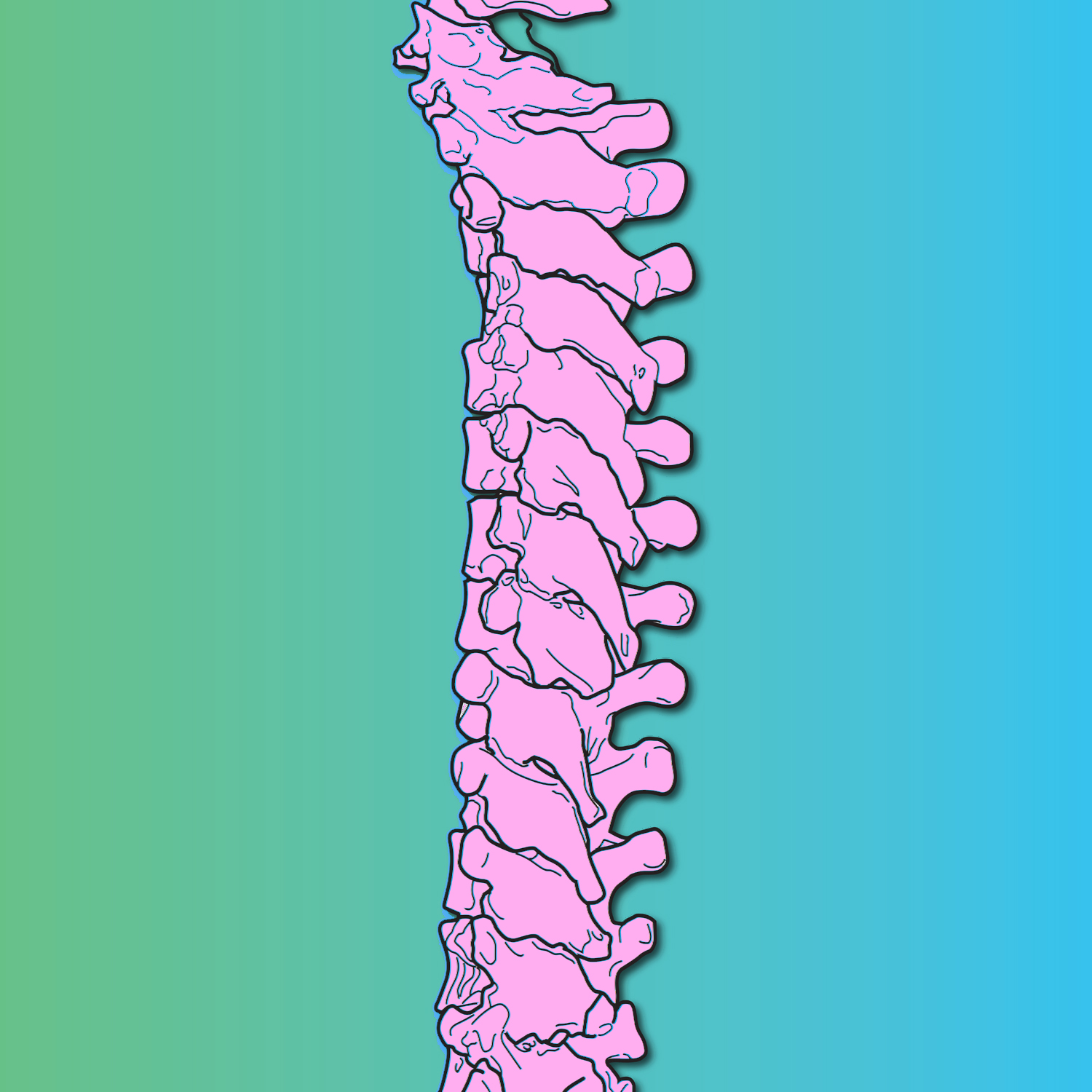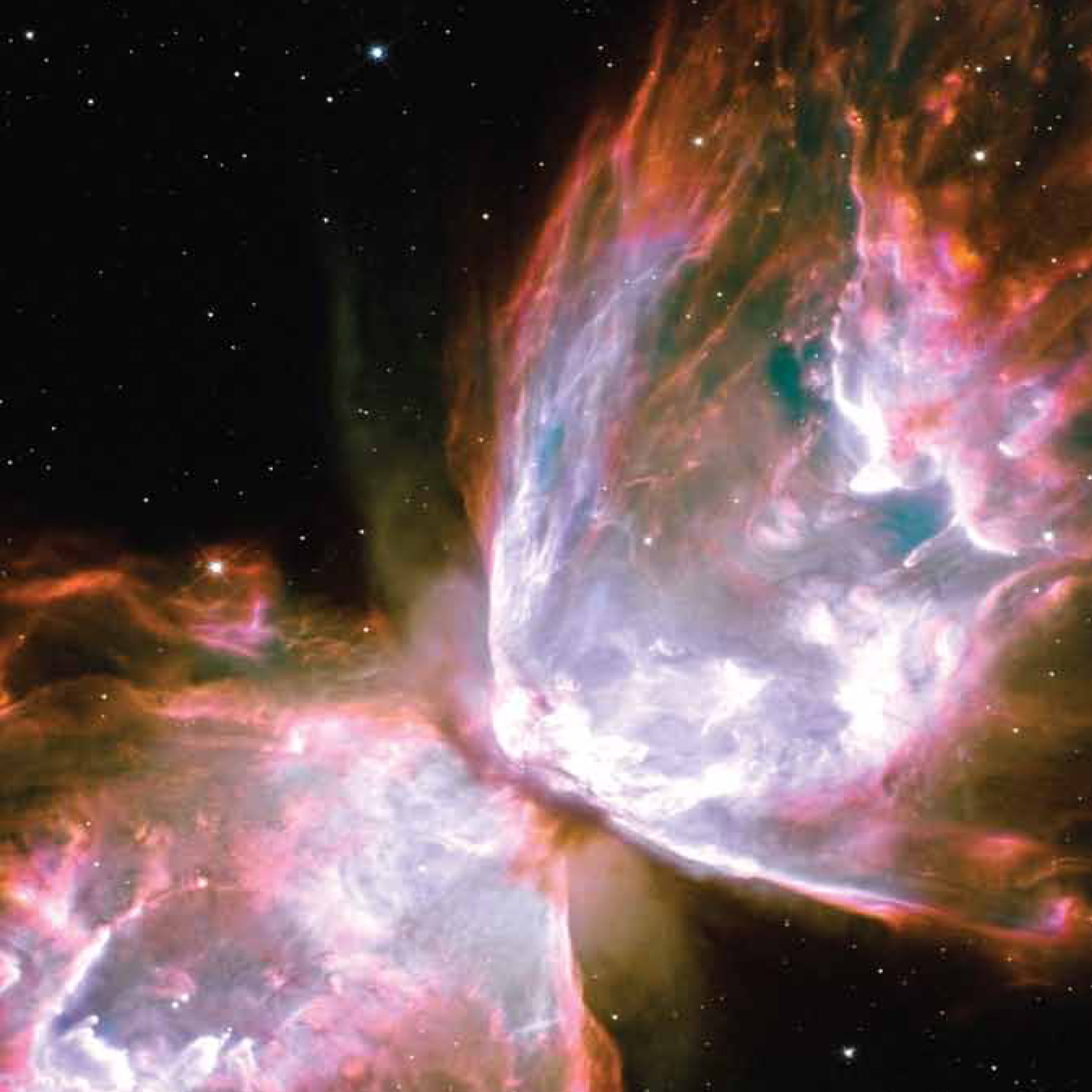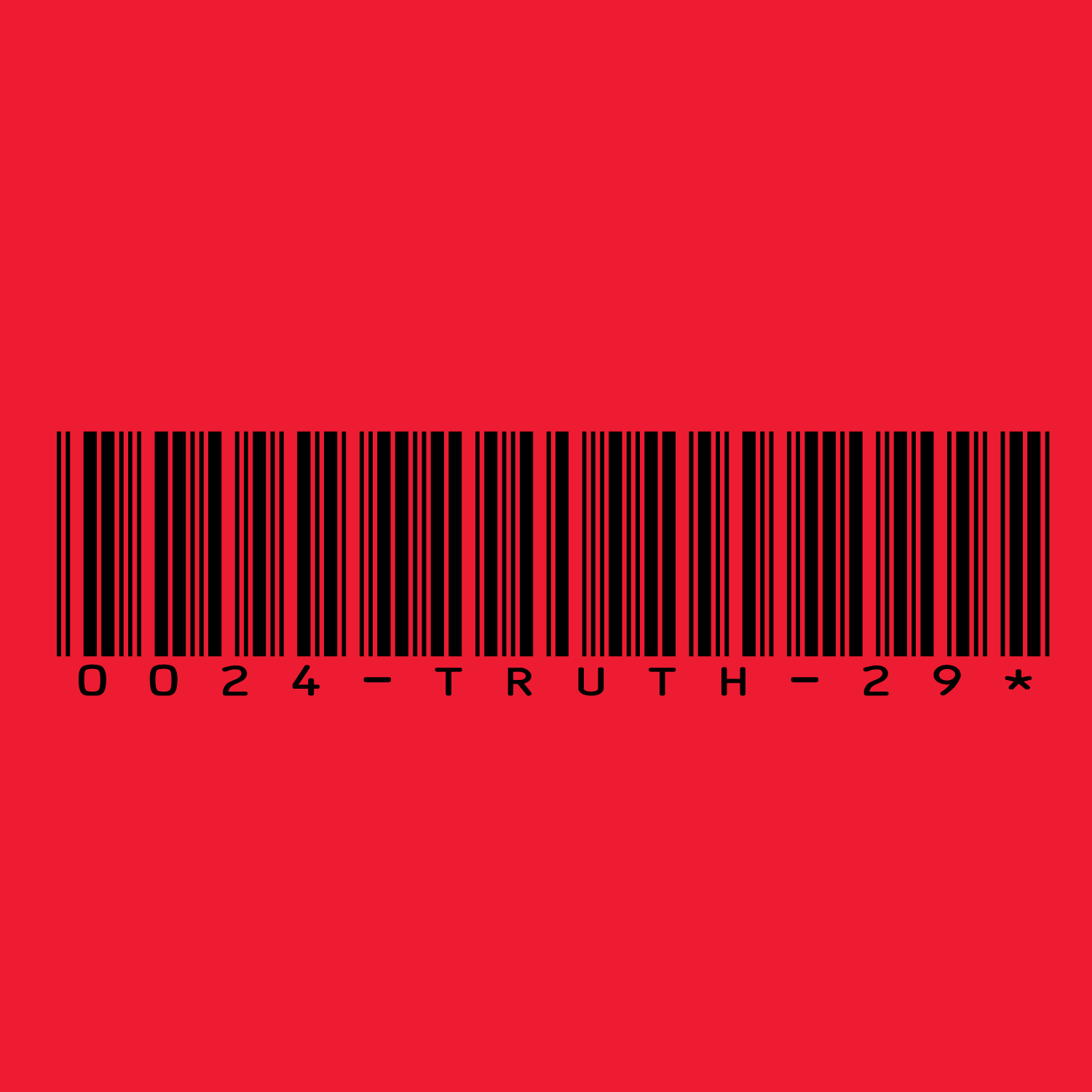Upcoming Events
C2ST achieves its mission by hosting relevant, independent, and credible public STEM programs across all scientific fields at locations throughout Chicagoland. With nine out of ten program attendees’ expectations fulfilled, our supporters agree that C2ST is accomplishing its mission of increasing the public’s understanding of science and technology.
We are dedicated to providing a professional and inclusive environment for everyone, regardless of gender, gender identity and expression, sexual orientation, disability, physical appearance, body size, race, age, or religion. Please be respectful of diversity in individuals and in cultures at our events.
Miss an event? Anyone across the globe can access our STEM program library by visiting our YouTube channel, C2ST TV. Also be sure to follow us on Facebook, where we livestream many of our programs.
Check out below what programs we have planned and discover what we’ve hosted in the past.
Privacy Policy
As a guest of Chicago Council on Science and Technology (C2ST), you agree to be photographed, videotaped, or filmed and grant C2ST permission to put the finished footage/photography to any uses that it may deem proper including marketing, advertising (print, radio, and television) and PR-related activities.
We only have access to/collect information when you sign up for our programs or that you voluntarily give us via email or other direct contacts from you. We will not sell or rent this information to anyone. We will not share your information with any third party outside of our organization.
Filter Events
January 7, 2010
Ryan Auditorium, Technological Institute
2145 Sheridan Road, Evanston, IL, United States
Program Series:
Physical Science
The Chicago Council on Science and Technology in partnership with Northwestern University’s Department of Physics and Astronomy presented the Heilborn Lectures.
December 6, 2009
Northwestern University Chicago Campus, Thorne Auditorium
375 East Chicago Avenue, Chicago, IL, United States
Program Series:
Climate, Energy, and Environment
The Chicago Council on Science and Technology, National Geographic, and Project Exploration presented:
For a long time, the Age of Reptiles seemed to belong only to its “stars,” the dinosaurs — but not anymore. Thanks to strange fossils coming out of the Sahara and other places, we now know that it was a world full of bizarre and terrifying crocodiles as well — ones that not only rubbed shoulders with the dinosaurs — but sometimes ate them.
December 2, 2009
Palmer House Hilton
17 East Monroe Street, Chicago, IL, United States
Program Series:
Life Science
Speakers:
John Kessler, MD, Davee Professor of Stem Cell Biology ; Chairman, Department of Neurology; Director, Northwestern University Stem Cell Insitute, Northwestern University’s Feinberg School of Medicine
November 12, 2009
Northwestern University's Chicago Campus, Hughes Auditorium
303 E Superior St, Chicago, IL, United States
Program Series:
Climate, Energy, and Environment
Speaker: Debra Shore – Commissioner, Metropolitan Water Reclamation District
As the demand for fresh water increases, we can no longer think of this natural resource as having an endless supply. Finding safe and environmentally sound ways to reuse our water is becoming an issue of international concern.
October 28, 2009
School of the Art Institute of Chicago, SAIC Ballroom
112 South Michigan Avenue, Chicago, IL, United States
Program Series:
Physical Science
In May 2009, NASA astronaut and University of Chicago alumnus John Grunsfeld boarded the last Space Shuttle to visit the Hubble Space Telescope. Dr. Grunsfeld successfully upgraded the telescope with new cameras and instruments and made repairs to allow the telescope to begin a new journey of discovery.
October 26, 2009
Gene Siskel Film Center
164 North State Street, Chicago, IL, United States
Program Series:
Life Science
A screening of the Emmy Nominated In the Family: How much do you sacrifice to survive?
At 31, filmmaker Joanna Rudnick faces an impossible decision: remove her breasts and ovaries or risk incredible odds of developing cancer.
